Home>Garden Essentials>Which Birds Eat Safflower Seeds
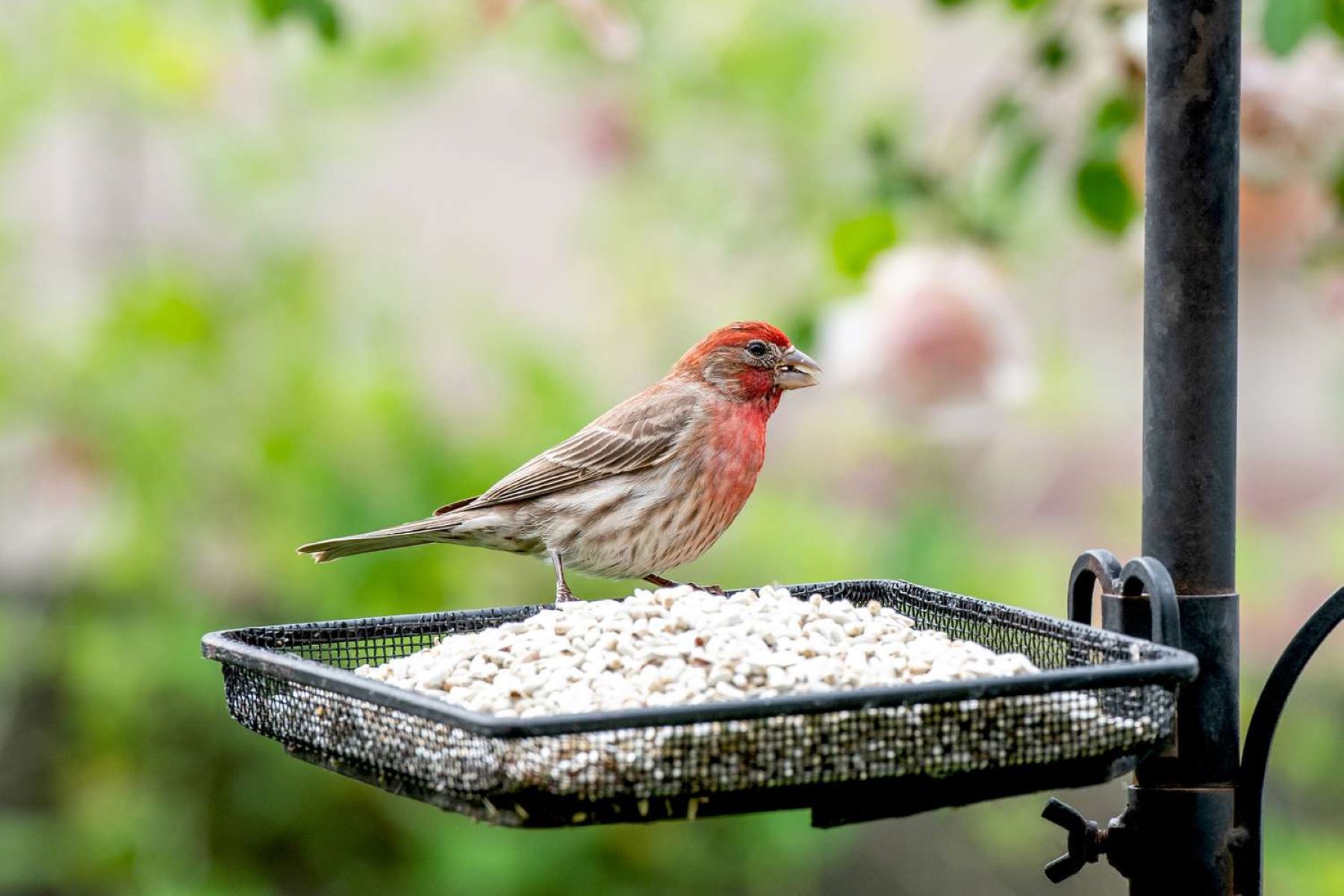

Garden Essentials
Which Birds Eat Safflower Seeds
Modified: August 23, 2024
Discover which garden birds eat safflower seeds and attract them to your backyard with our helpful guide. Enhance your bird-watching experience today!
(Many of the links in this article redirect to a specific reviewed product. Your purchase of these products through affiliate links helps to generate commission for Storables.com, at no extra cost. Learn more)
Introduction
Welcome to the fascinating world of birds and their culinary preferences. If you are a bird enthusiast and love attracting feathered visitors to your garden, then you know how important it is to provide them with a diverse and nutritious diet. One of the popular choices for bird feed is safflower seeds. In this article, we will explore what safflower seeds are and the benefits they offer to our avian friends. We will also discuss the birds that are particularly fond of these nutritious seeds.
Safflower seeds, scientifically known as Carthamus tinctorius, are cultivated from the safflower plant, which is primarily grown for its oil-rich seeds. These seeds have a similar appearance to sunflower seeds, but with a slightly smaller size and a white or cream color. Unlike sunflower seeds, which are loved by a wide variety of birds, safflower seeds have their own unique set of enthusiasts.
So, why choose safflower seeds for feeding birds? One of the primary reasons is that safflower seeds have a high nutritional value and are rich in essential fats and proteins. This makes them an excellent source of energy for birds, especially during the colder months or migration seasons when food availability may be scarce.
Another advantage of safflower seeds is their thick shell, which acts as a natural deterrent for less desirable birds such as starlings and squirrels. This makes safflower seeds a great option for bird enthusiasts who want to attract specific bird species while keeping unwanted visitors at bay.
Safflower seeds also have a mild and slightly bitter taste, which some birds find unappealing. This can be advantageous if you are looking to discourage certain bird species, such as grackles or blackbirds, from visiting your feeders. At the same time, safflower seeds are a favorite among several other bird species that enjoy their distinct flavor.
Now that we understand the benefits of safflower seeds, let’s take a closer look at some of the birds that cannot resist these tasty morsels. By providing safflower seeds in your bird feeders, you can attract a diverse range of colorful and captivating bird species, creating a delightful and lively atmosphere in your garden!
Key Takeaways:
- Safflower seeds attract colorful birds like Cardinals and Blue Jays, providing essential nutrients and deterring unwanted visitors. They create a vibrant and lively garden atmosphere, perfect for birdwatching and connecting with nature.
- By offering safflower seeds, you can enjoy the presence of charming birds like Titmice and Goldfinches. Their lively behavior and delightful songs bring joy and entertainment to your garden, creating a flourishing haven for birds.
Read more: Which Birds Eat Sunflower Seeds
What are Safflower Seeds?
Safflower seeds are the seeds of the safflower plant, scientifically known as Carthamus tinctorius. This plant is native to parts of Asia and Africa and is primarily cultivated for its oil-rich seeds. Safflower seeds have been used for various purposes throughout history, including as a source of cooking oil, natural dyes, and, of course, bird feed.
These seeds have a unique appearance, resembling sunflower seeds in shape but with a slightly smaller size. They are oval-shaped and have a white or cream color, with a tough outer shell that provides protection to the nutritious kernel inside.
One of the reasons safflower seeds have gained popularity as bird feed is their nutritional value. They are rich in fats, proteins, and fiber, making them a great source of energy for birds. These nutrients are vital for their overall health and well-being, especially during demanding periods such as breeding, migration, or harsh weather conditions.
Safflower seeds are also known for their high oil content, which is a valuable source of calories for birds. This oil provides essential fatty acids that are important for maintaining healthy feathers and promoting proper growth and development. It also helps birds maintain their body temperature during colder months by providing insulation.
Another distinguishing characteristic of safflower seeds is their thick shell. Unlike some other bird seeds, such as sunflower seeds, the shell of safflower seeds is harder and more challenging to crack. This serves as a natural deterrent for birds that may not prefer the taste or have smaller beaks. It can also help prevent unwanted visitors, such as squirrels and non-native bird species, from consuming the seeds and dominating the feeders.
Overall, safflower seeds are a nutritious and versatile option for bird feed. They offer a balanced combination of essential nutrients, energy, and protection, making them an ideal choice for attracting and nourishing a wide variety of bird species in your garden.
Benefits of Safflower Seeds for Birds
When it comes to feeding birds, providing a diet that is nutritious and appealing is crucial. Safflower seeds offer a range of benefits that make them an excellent choice for bird feeders. Let’s explore some of the advantages they offer to our feathered friends:
- Nutritional Value: Safflower seeds are rich in fats, proteins, and fiber, making them a highly nutritious food source for birds. These nutrients provide the energy necessary for daily activities, as well as support overall health and well-being.
- Diverse Bird Attraction: Safflower seeds have a broad appeal to a variety of bird species, including both ground-feeding and perching birds. By offering safflower seeds in your feeders, you can attract a diverse range of desirable birds, creating a vibrant and lively atmosphere in your garden.
- Discourages Undesirable Birds: The slightly bitter taste of safflower seeds may deter some bird species that tend to dominate feeders or have more aggressive behavior, such as grackles or blackbirds. This can help create a more balanced and harmonious feeding environment by discouraging the presence of unwanted visitors.
- Protection from Squirrels and Non-Native Species: The hard shell of safflower seeds acts as a natural barrier, making it more difficult for squirrels and non-native bird species to access and consume the seeds. This helps ensure that the birds you intend to attract are the ones benefiting from the feeders, while deterring other creatures.
- Durable and Long-Lasting: Safflower seeds have a longer shelf life compared to some other bird seeds. They are less likely to spoil or become rancid, even in humid or damp conditions. This means less waste and a longer-lasting supply of fresh food for the birds.
- Easy to Offer: Safflower seeds can be easily incorporated into various bird feeders, including hopper feeders, tube feeders, platform feeders, or ground feeders. They can be offered alone or mixed with other seed blends to cater to different bird preferences.
By providing safflower seeds as part of your bird feeding routine, you can ensure that the birds visiting your garden are getting a nutritionally rich and enticing food source. Whether you want to attract a specific bird species or create a welcoming habitat for a diverse range of birds, safflower seeds are a delightful and beneficial option to consider.
Birds that Eat Safflower Seeds
Safflower seeds have a unique appeal to several bird species. While not as universally popular as sunflower seeds, they are highly favored by a variety of birds that enjoy their taste and nutritional benefits. Let’s explore some of the bird species that are known to indulge in safflower seeds:
- Northern Cardinal: These striking red birds are often attracted to safflower seed feeders. The thick shell of safflower seeds is a good fit for their strong beaks, and they can easily crack them open to access the nutritious kernel inside.
- Blue Jay: Blue Jays are known for their robust appetites, and safflower seeds are no exception. These beautiful and intelligent birds will eagerly enjoy safflower seeds both at feeder trays and on the ground.
- Tufted Titmouse: These small, energetic birds have a preference for safflower seeds. They will visit feeders and quickly grab the seeds, often carrying them away to consume in a more secluded location.
- House Finch: House Finches are common visitors to safflower seed feeders. They have no trouble cracking open the seeds’ tough shells and relishing the rich nutrients within.
- White-breasted Nuthatch: These acrobatic birds are known for their unique behavior of hopping up and down tree trunks. They are fond of safflower seeds and will happily visit feeders to enjoy them.
- Mourning Dove: While Mourning Doves primarily feed on ground, they will readily consume safflower seeds if provided in feeders. Their gentle nature and cooing calls make them a delightful addition to any backyard.
- American Goldfinch: These vibrant yellow birds are a common sight at safflower seed feeders, especially during the breeding season. Their fondness for safflower seeds is well-known among bird enthusiasts.
It’s important to note that while these bird species are more likely to be attracted to safflower seeds, individual bird preferences may vary. Birds have diverse diets and preferences, so it’s always beneficial to provide a variety of seed options to cater to their specific needs and tastes.
By offering safflower seeds in your bird feeders, you can increase the chances of attracting these beautiful and fascinating bird species to your garden. Observing their vibrant colors and lively behavior while they enjoy the nutritious safflower seeds is a wonderful way to connect with nature and appreciate the diversity of avian life.
Northern Cardinal
The Northern Cardinal, scientifically known as Cardinalis cardinalis, is a beloved bird species that is easily identifiable due to its vibrant red plumage. These stunning birds are found throughout eastern and central parts of North America, making them a common sight in gardens, parks, and woodlands.
When it comes to feeding preferences, the Northern Cardinal is particularly fond of safflower seeds. They are attracted to feeders that offer these tasty morsels, and their strong beaks allow them to crack open the tough shells with ease. Once the shells are opened, these beautiful birds consume the nutrient-rich kernels within.
Cardinals are not only attracted to the taste of safflower seeds but also the dense calorie content they provide. During colder months and breeding seasons, when energy requirements are high, safflower seeds serve as an excellent source of sustenance. The fatty acids found in safflower seeds help Cardinals maintain their body temperature and provide them with the necessary fuel for their active lifestyles.
Another advantage of offering safflower seeds to Northern Cardinals is that it can help deter unwanted bird species at your feeders. Some birds, such as blackbirds or grackles, may be less inclined to consume safflower seeds due to their slightly bitter taste. This allows you to create a bird-friendly environment that is tailored to attract Cardinals and discourage potential feeder bullies.
To attract Northern Cardinals to your garden, place safflower seed feeders in open, elevated locations. Cardinals are known to prefer feeding in areas where they have a clear line of sight, allowing them to keep an eye out for potential predators. Additionally, providing platforms or hopper feeders can cater to their feeding preferences, as Cardinals are more comfortable with perching rather than clinging to feeders.
During nesting season, offering safflower seeds can be particularly appealing to Northern Cardinal pairs. The female Cardinal will appreciate the high-energy food source as she prepares to lay eggs, while the male Cardinal will actively seek out safflower seeds to provide to his mate as part of courtship feeding.
By including safflower seeds in your bird feeding regimen, you can attract and enjoy the presence of these stunning Northern Cardinals. Their vibrant colors and cheerful songs will surely brighten up your outdoor space, providing endless joy and entertainment for birdwatchers of all ages.
Read more: What Birds Eat Seeds
Blue Jay
The Blue Jay, scientifically known as Cyanocitta cristata, is a striking bird that is native to North America. With its vibrant blue plumage, white chest, and prominent crest, the Blue Jay is a beautiful and charismatic species that captures the attention of birdwatchers.
Blue Jays are known for their intelligence and adaptability, as well as their enthusiastic appetites. These birds are not picky eaters and will readily consume a variety of foods, including safflower seeds. When provided with safflower seed feeders, Blue Jays will eagerly visit and indulge in these nutritious treats.
Unlike some other bird species, Blue Jays have strong beaks and are excellent at cracking open the tough shells of safflower seeds. Once the shells are opened, they can easily access the nutrient-rich kernels inside, which provide them with a high-energy food source.
In addition to their fondness for safflower seeds, Blue Jays are known to exhibit caching behavior. This means that they may take safflower seeds from feeders and store them for future consumption. They often hide the seeds in various locations, such as in the ground or in tree crevices, as a way to secure food sources for later use.
Attracting Blue Jays to your garden can be an exciting endeavor. They are highly vocal birds with distinct calls and are known for their acrobatic flight patterns. To entice them, consider placing safflower seed feeders in areas where they have a clear view and feel comfortable approaching. Platform feeders or tray feeders are particularly suitable for the feeding habits of Blue Jays.
Blue Jays are also known to be social birds and often travel in small groups. By offering safflower seeds in your feeders, you may not only attract individual Blue Jays but also enjoy the company of small flocks that visit your garden together. Their presence can add a vibrant and lively atmosphere to your outdoor space.
It’s worth noting that Blue Jays are known to be opportunistic feeders. While they enjoy safflower seeds, they may also consume a variety of other foods, including nuts, fruits, insects, and even small vertebrates. Providing a diverse range of food sources can not only cater to their dietary needs but also enhance the overall biodiversity of birds visiting your garden.
By including safflower seeds in your bird feeding efforts, you can attract the striking Blue Jays and witness their beauty and behavior up close. These intelligent and adaptable birds will bring a sense of wonder and excitement to your outdoor space, creating a rewarding experience for both novice and seasoned birdwatchers.
Safflower seeds are enjoyed by cardinals, chickadees, and finches. These birds are attracted to safflower seeds because they have a bitter taste that squirrels and other pests don’t like.
Tufted Titmouse
The Tufted Titmouse, scientifically known as Baeolophus bicolor, is a small yet charismatic bird species found in the eastern and central parts of North America. Known for their curious nature and distinctive tufted crests, these delightful birds are a favorite among birdwatchers and nature enthusiasts.
Tufted Titmice are primarily insectivorous, but they readily adapt their diet to include seeds and nuts. Safflower seeds are among the seeds that Tufted Titmice find particularly appealing. These small birds have the ability to crack open the shells of safflower seeds with their strong beaks, allowing them to access the nourishing kernels inside.
Providing safflower seeds in your feeders can attract Tufted Titmice to your garden, granting you the opportunity to observe their energetic and agile behavior up close. They are acrobatic feeders, often seen hanging upside down or hopping along branches in search of food.
Tufted Titmice are known for their sociable nature and can often be seen visiting feeders in small groups. This communal behavior adds a delightful and lively element to any backyard birdwatching experience. By offering safflower seeds, you can encourage these charming birds to become regular visitors.
Another interesting aspect of Tufted Titmice is their habit of hoarding food. They have excellent spatial memory and will often stash away excess food for later consumption. This means that even if you don’t have a continuous supply of safflower seeds, the Tufted Titmice may visit your feeders to retrieve the seeds they have previously hidden.
To attract Tufted Titmice, consider providing a variety of feeders that accommodate their feeding preferences. They are comfortable with various feeder types, including hopper feeders, tube feeders, and platform feeders. Placing feeders in quiet and secluded areas of your garden can also make them feel more at ease while feeding.
In addition to their affinity for safflower seeds, Tufted Titmice are known to enjoy a range of other foods, including suet, peanuts, and mealworms. Offering a diverse menu can ensure their dietary needs are met and provide you with the opportunity to observe their adaptable feeding habits.
By including safflower seeds in your bird feeding routine, you can attract the charming Tufted Titmice and enjoy their lively presence in your garden. Their curious nature, acrobatic displays, and distinctive calls will surely bring joy and entertainment to your outdoor space.
House Finch
The House Finch, scientifically known as Haemorhous mexicanus, is a small yet colorful bird species that is native to North America. Originally found in the western parts of the continent, House Finches are now commonly seen in urban and suburban areas throughout North America due to their adaptability and successful introduction in new regions.
House Finches have a varied diet that includes a wide range of seeds, fruits, and insects. They are particularly fond of safflower seeds, which they eagerly consume when provided in bird feeders. The small size of House Finches allows them to easily handle and crack open the shells of safflower seeds, accessing the nutritious kernels inside.
By offering safflower seeds in your feeders, you can attract House Finches and enjoy their vibrant presence in your garden. The males sport a beautiful combination of reddish-pink and brown plumage, while the females display a more subdued olive-brown coloration. Both sexes have distinctive thick beaks that are well-suited for seed cracking.
House Finches are known for their cheerful songs and social behavior. They are often seen in small flocks, congregating around feeders and engaging in playful interactions. The presence of House Finches can add a lively and joyful atmosphere to your backyard.
It’s worth noting that House Finches are opportunistic feeders and will readily explore various food sources. Along with safflower seeds, they may consume other seeds, berries, or insects depending on availability. Providing a diverse range of food options can attract a greater variety of birds to your garden while ensuring their nutritional needs are met.
In addition to their attraction to safflower seeds, House Finches also have a preference for feeding on platform feeders and tray feeders. Placing these types of feeders at different heights and in open spaces will provide House Finches with easy access and a clear line of sight, allowing them to feed comfortably while maintaining awareness of their surroundings.
House Finches can be found year-round in many regions, but their numbers may fluctuate during different seasons. They are known to breed during spring and summer, building nests in trees or shrubs. By enhancing your bird-friendly garden with safflower seed feeders, you may encourage House Finches to nest nearby, offering you the pleasure of witnessing their nesting and parenting behaviors.
With their delightful colors, melodious songs, and social nature, House Finches are a popular choice among bird enthusiasts. By providing safflower seeds for these charming birds, you can create a welcoming environment that attracts House Finches year-round, providing endless joy and entertainment for both you and your feathered visitors.
White-breasted Nuthatch
The White-breasted Nuthatch, scientifically known as Sitta carolinensis, is a small bird species found in North America. Known for their acrobatic skills and unique upside-down feeding behavior, these agile birds are a delight to observe in any backyard setting.
White-breasted Nuthatches have a varied diet that includes insects, nuts, and seeds. They are particularly fond of safflower seeds and readily consume them when offered in feeders. Their strong bills and agile movements allow them to easily crack open the shells of safflower seeds to access the nutritious kernels inside.
Offering safflower seeds in your feeders can attract White-breasted Nuthatches to your garden and give you the opportunity to witness their energetic foraging habits. These birds are known for their ability to scale tree trunks and even hang upside-down while extracting food from crevices and tree bark.
White-breasted Nuthatches are highly adaptable and can be found in various habitats, including woodlands, parks, and suburban areas. They are cavity nesters, often utilizing tree hollows or nest boxes for breeding. Providing safflower seeds can increase the chances of attracting these charming birds to your garden and potentially even offer nesting opportunities.
In addition to their attraction to safflower seeds, White-breasted Nuthatches are fond of other food sources, such as peanuts, suet, and insects. Offering a variety of foods can help meet their nutritional needs and cater to their versatile feeding preferences.
White-breasted Nuthatches are social birds and often travel in small family groups. These groups may consist of parents and their offspring from previous nests. By providing safflower seeds in your feeders, you can attract these family groups and enjoy observing their interactions and synchronized movements.
When choosing feeders to accommodate White-breasted Nuthatches, consider offering platform feeders or feeders with perching options. These types of feeders are well-suited for their feeding behaviors and provide them with a comfortable and secure feeding experience.
By including safflower seeds in your bird feeding routine, you can attract the agile and charismatic White-breasted Nuthatches to your garden. Their energetic movements, distinctive calls, and upside-down feeding antics will surely bring joy and a sense of wonder to your outdoor space.
Read more: What Birds Eat Nyjer Seed
Mourning Dove
The Mourning Dove, scientifically known as Zenaida macroura, is a graceful and gentle bird species that can be found throughout North America. With their soft cooing calls and sleek grayish-brown plumage, Mourning Doves are a common sight in gardens, fields, and woodlands.
Mourning Doves primarily feed on seeds and grains, with a preference for small, easy-to-handle seeds. While they commonly feed on a variety of seeds, they also have a fondness for safflower seeds. Their relatively small beaks are well-suited for consuming safflower seeds, allowing them to crack open the shells and access the nutritious kernels inside.
Offering safflower seeds in your feeders can attract Mourning Doves to your garden and provide you with the opportunity to appreciate their gentle presence. These peaceful birds are known for their grace in flight and their relaxed demeanor while feeding on the ground or perched on feeders.
Mourning Doves are ground-feeders and prefer to feed on a flat, open surface. Scatter safflower seeds on the ground or provide low platform feeders to accommodate their feeding preferences. This allows them to access the seeds easily and ensures that they can comfortably feed alongside other ground-feeding birds.
Another interesting behavior of Mourning Doves is their ability to drink water by sucking it up rather than using their beaks to scoop it. Providing a nearby water source, such as a birdbath, can attract Mourning Doves and provide them with much-needed hydration.
Mourning Doves are also known for their monogamous mating behavior and their gentle courtship displays. Offering safflower seeds can serve as an additional food source during the breeding season, helping to support nesting pairs as they raise their young.
Although Mourning Doves primarily feed on seeds, they may also consume small amounts of insects and fruits in their diet. Supplementing their seed diet with a variety of food options can provide them with a more balanced nutritional intake.
Mourning Doves are peaceful and unassuming birds that bring a sense of tranquility to any outdoor space. By providing safflower seeds and creating a welcoming environment, you can attract these beautiful birds, and their gentle cooing calls will add a soothing soundtrack to your garden.
American Goldfinch
The American Goldfinch, scientifically known as Spinus tristis, is a small and vibrant bird species that is native to North America. Recognized for their bright yellow plumage during the breeding season, these charming birds bring a burst of color to gardens and meadows.
American Goldfinches are primarily seed eaters and have a preference for smaller seeds. They are particularly fond of safflower seeds, which they readily consume when provided in bird feeders. Their slender bills are specifically adapted for handling these small seeds, enabling them to crack open the shells and access the nutrient-rich kernels inside.
During the breeding season, the bright yellow plumage of male American Goldfinches intensifies, making them a captivating sight in any garden. By offering safflower seeds, you can attract these stunning birds and witness their vibrant colors up close. Female American Goldfinches have a more muted yellow color, allowing them to blend in with their surroundings during nesting periods.
American Goldfinches are social birds and often form small flocks outside of the breeding season. They are known for their cheerful and melodic songs, adding a delightful soundtrack to outdoor spaces where they gather. By attracting American Goldfinches with safflower seeds, you can enjoy their delightful tunes and observe their playful interactions with one another.
In addition to their attraction to safflower seeds, American Goldfinches also feed on a variety of other seeds, including thistle seeds and sunflower seeds. Planting native wildflowers and providing feeders with a mixture of these seed options can encourage a greater diversity of birds to visit your garden.
American Goldfinches are acrobatic feeders and often feed while perched upside down on seed heads or clinging to feeder perches. Providing tube feeders or nyjer feeders that allow them to assume these positions can cater to their feeding preferences and provide an enjoyable spectacle for birdwatchers.
It is worth mentioning that the American Goldfinch’s diet may vary throughout the year. They undergo a molt in late summer, during which their vibrant breeding plumage is shed, and they adopt a more dull, olive-brown plumage. Their diet during this time often shifts to include more seeds and less insect matter.
By offering safflower seeds in your feeders, you can attract the beautiful American Goldfinches and enjoy their presence in your garden. Their bright colors, lively songs, and playful behavior will surely bring joy and a touch of sunshine to your outdoor space.
Conclusion
Safflower seeds are a valuable addition to any bird feeding routine, attracting a diverse range of bird species to your garden. The nutritional benefits and appeal of safflower seeds make them a favorite among many birds, providing them with essential fats, proteins, and energy. In this article, we have explored the benefits of safflower seeds for birds and highlighted some of the bird species that particularly enjoy these nutritious treats.
From the striking Northern Cardinal and Blue Jay to the agile Tufted Titmouse and White-breasted Nuthatch, safflower seeds are a sought-after food source. These seeds provide not only sustenance but also offer a natural deterrent to certain bird species, allowing you to attract the birds you desire while deterring unwanted visitors.
Mourning Doves and American Goldfinches also find safflower seeds irresistible. These gentle and vibrant birds bring tranquility and color to your garden, and providing safflower seeds can meet their specific feeding preferences.
When incorporating safflower seeds into your bird feeding routine, it’s important to observe the feeding behaviors and dietary needs of different bird species. Offering a variety of feeder types, such as platform feeders, tray feeders, or tube feeders, can accommodate their feeding preferences and enhance their feeding experience.
Remember, each bird species has unique preferences and behaviors, and while safflower seeds are favored by many, it’s always beneficial to provide a diverse range of food options to cater to their varying needs.
By attracting a range of bird species to your garden with safflower seeds, you can create a vibrant and lively environment. The presence of these beautiful avian visitors will not only provide endless joy and entertainment but also contribute to the overall biodiversity and health of your garden ecosystem.
So, grab some safflower seeds and embark on a rewarding journey of birdwatching and connecting with nature. Whether you are a seasoned bird enthusiast or just beginning to explore the wonders of the avian world, safflower seeds will surely help you create a flourishing haven for birds in your garden.
Frequently Asked Questions about Which Birds Eat Safflower Seeds
Was this page helpful?
At Storables.com, we guarantee accurate and reliable information. Our content, validated by Expert Board Contributors, is crafted following stringent Editorial Policies. We're committed to providing you with well-researched, expert-backed insights for all your informational needs.

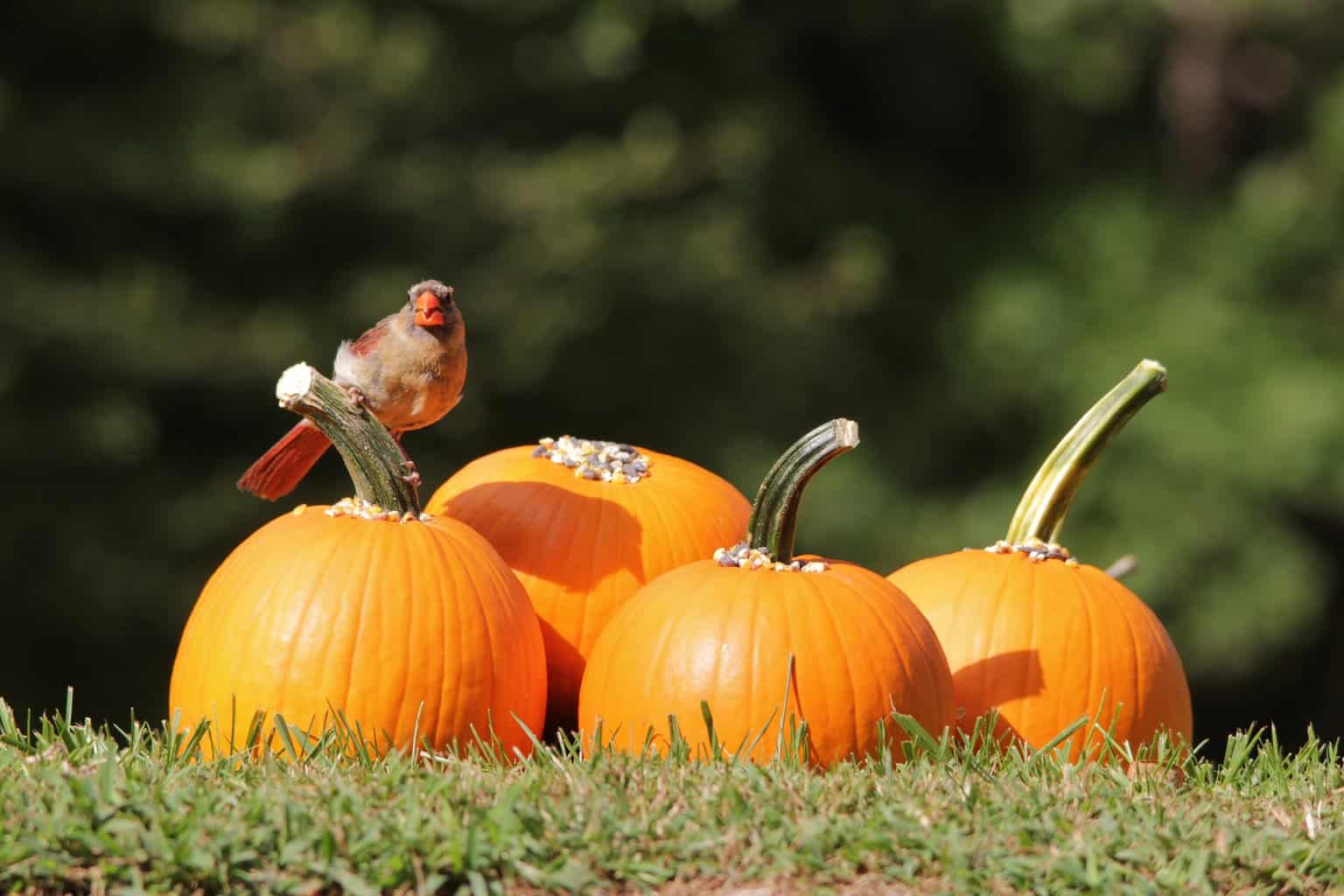
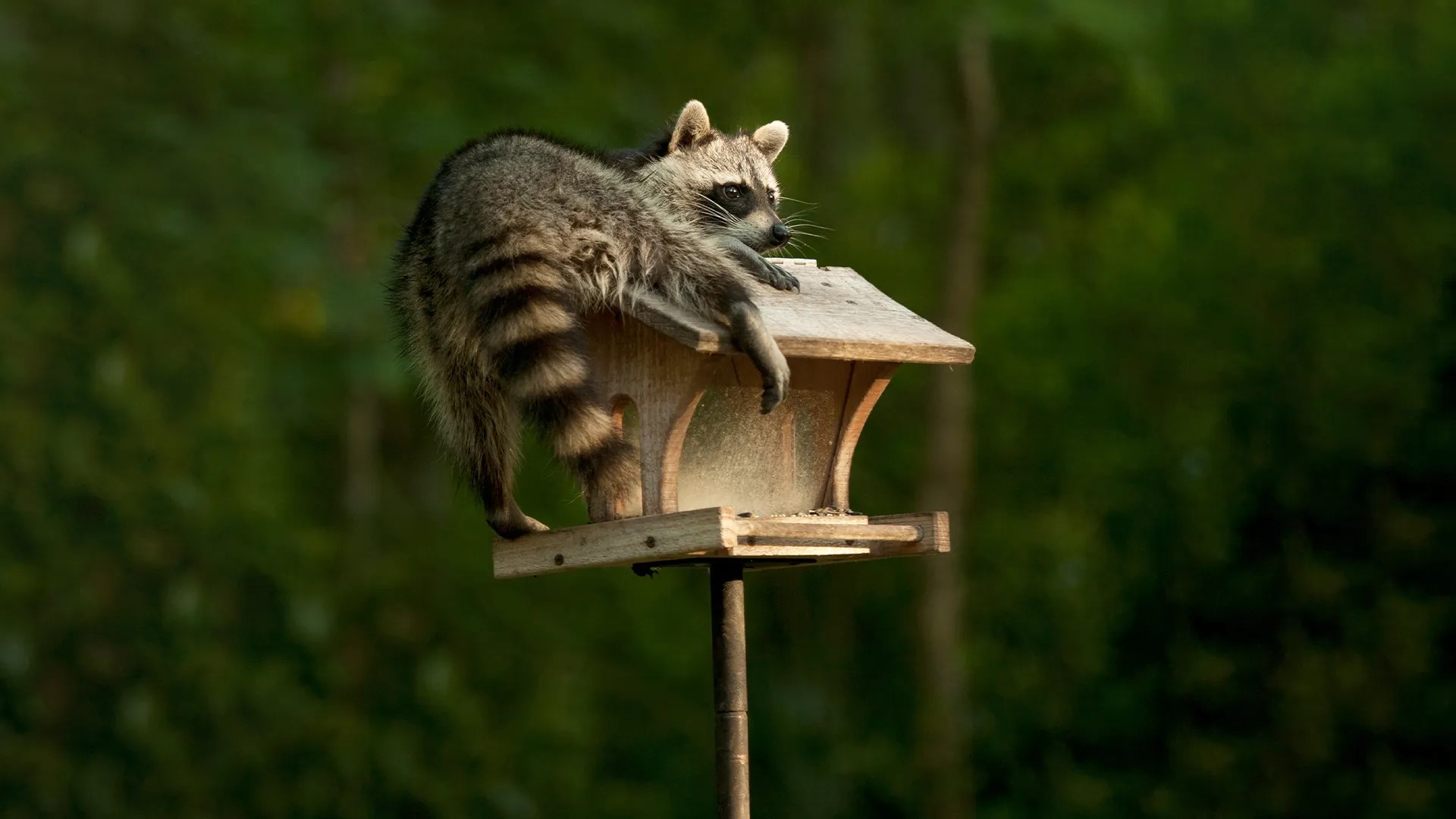

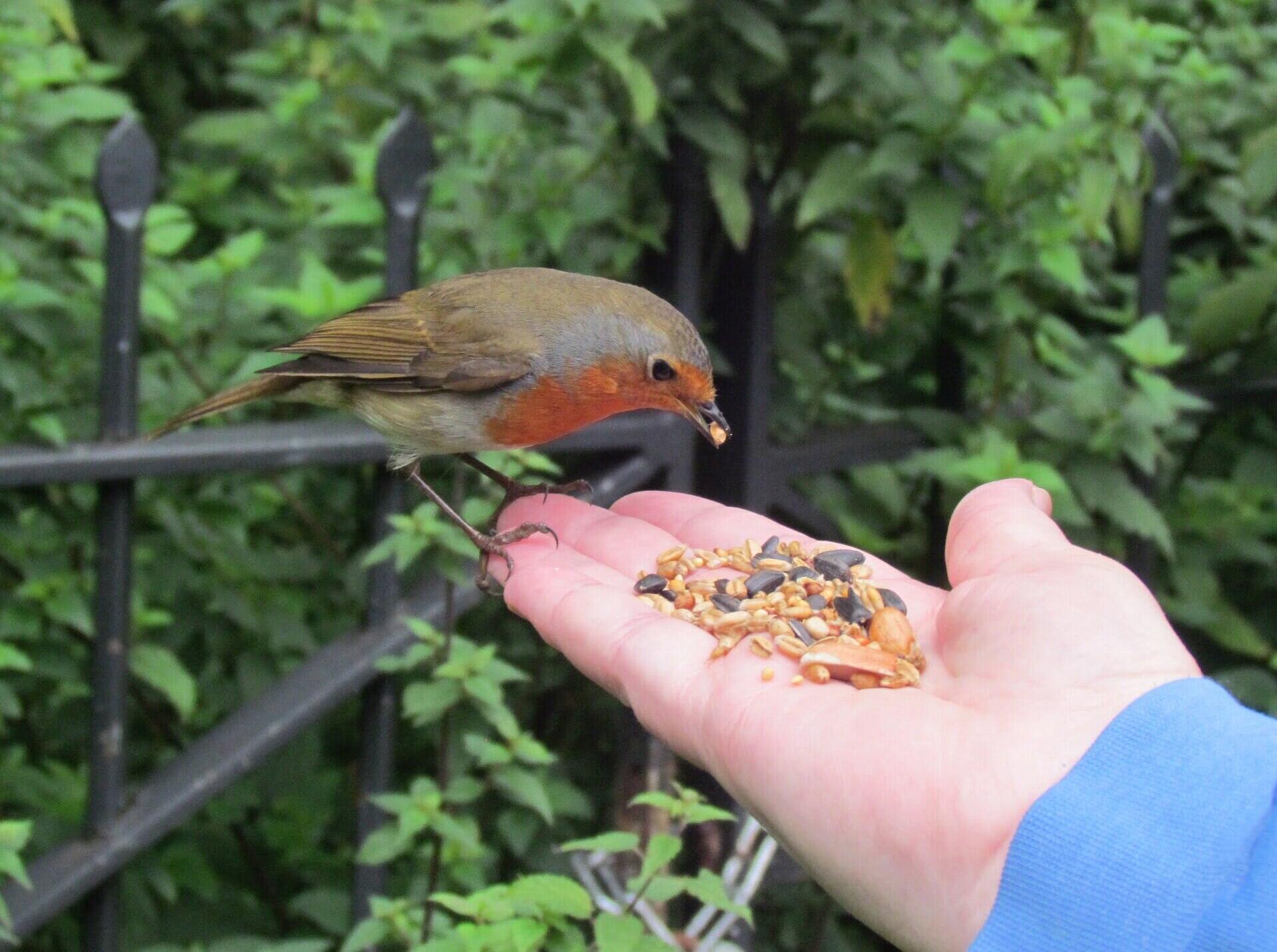
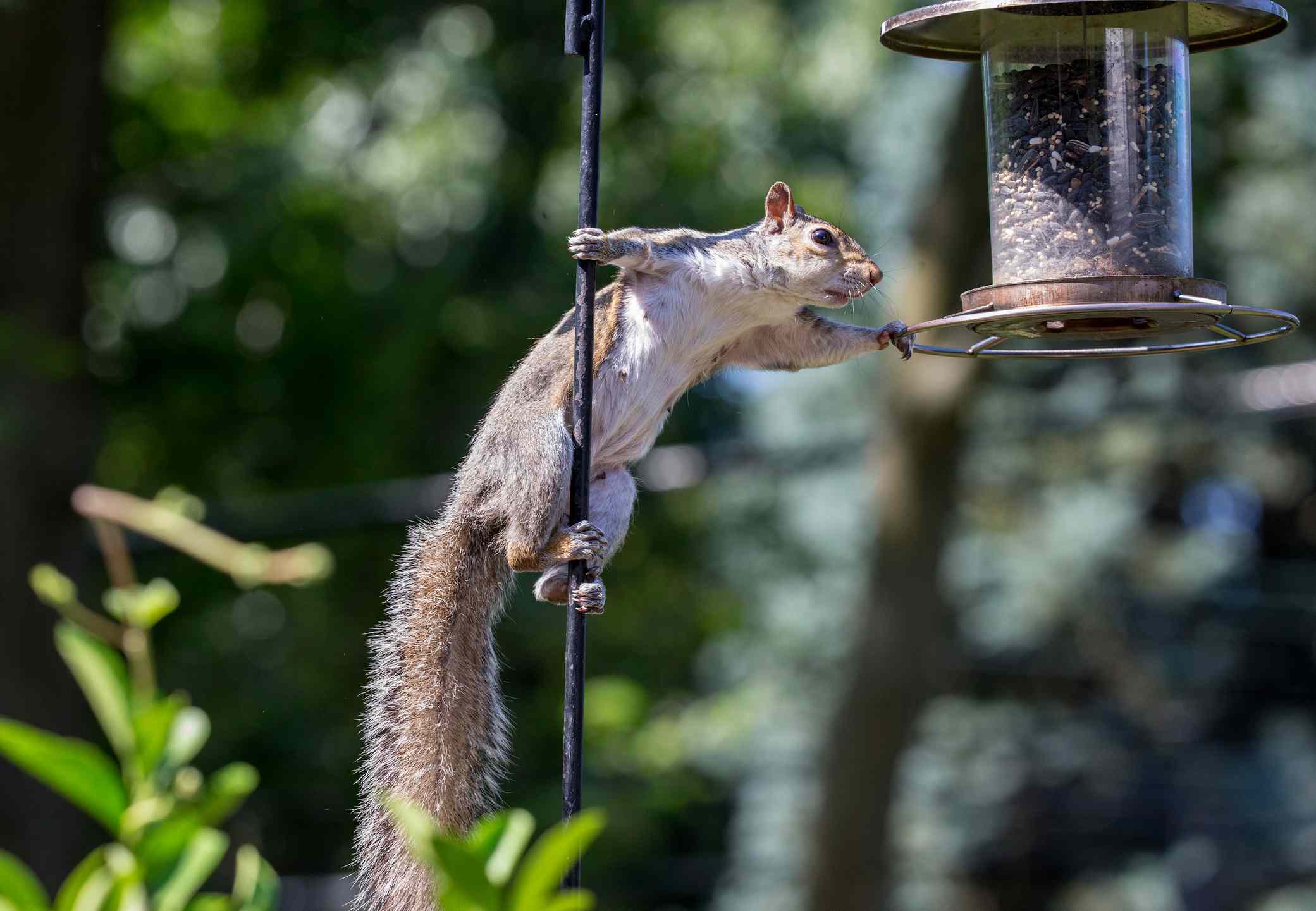
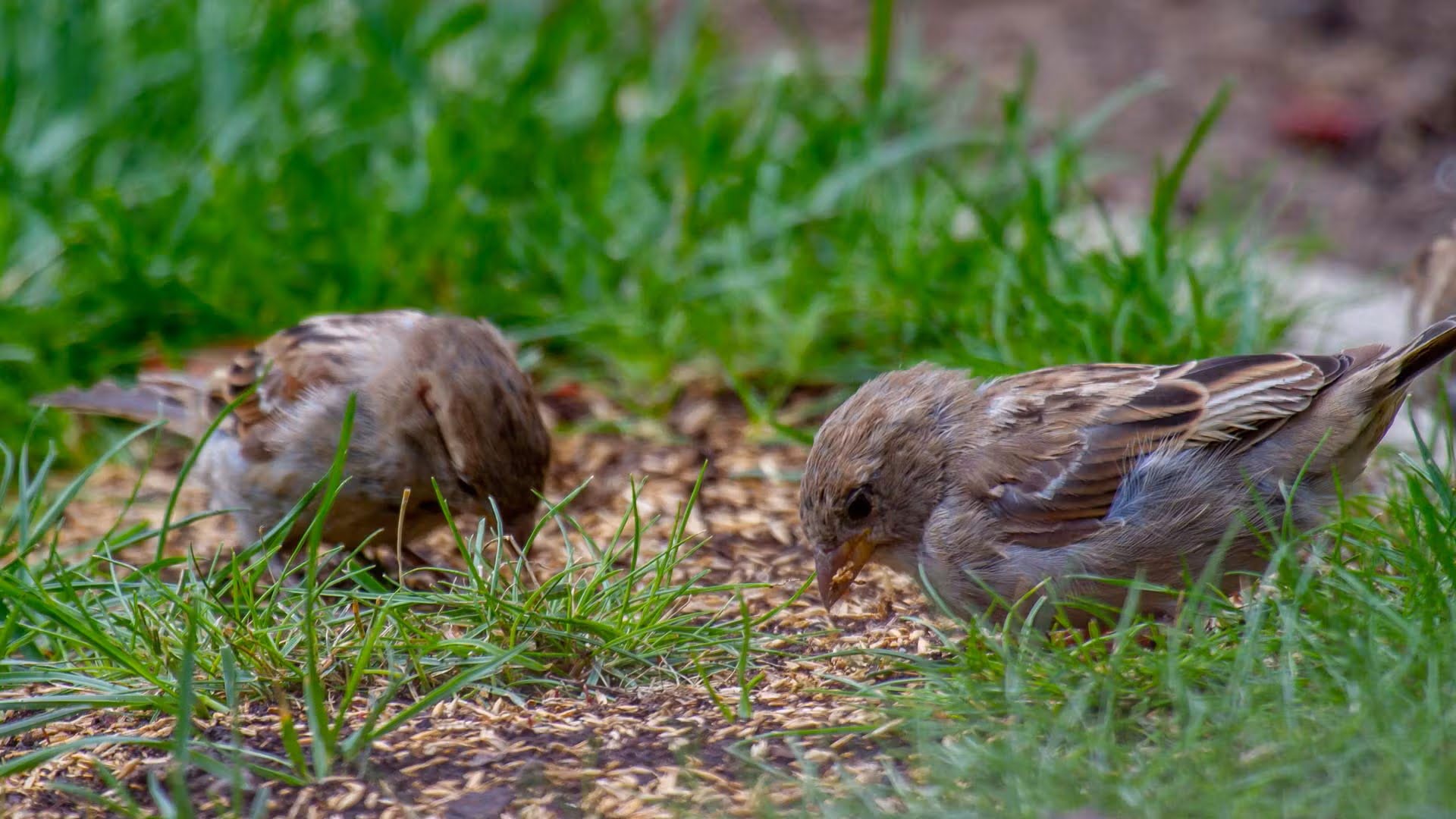
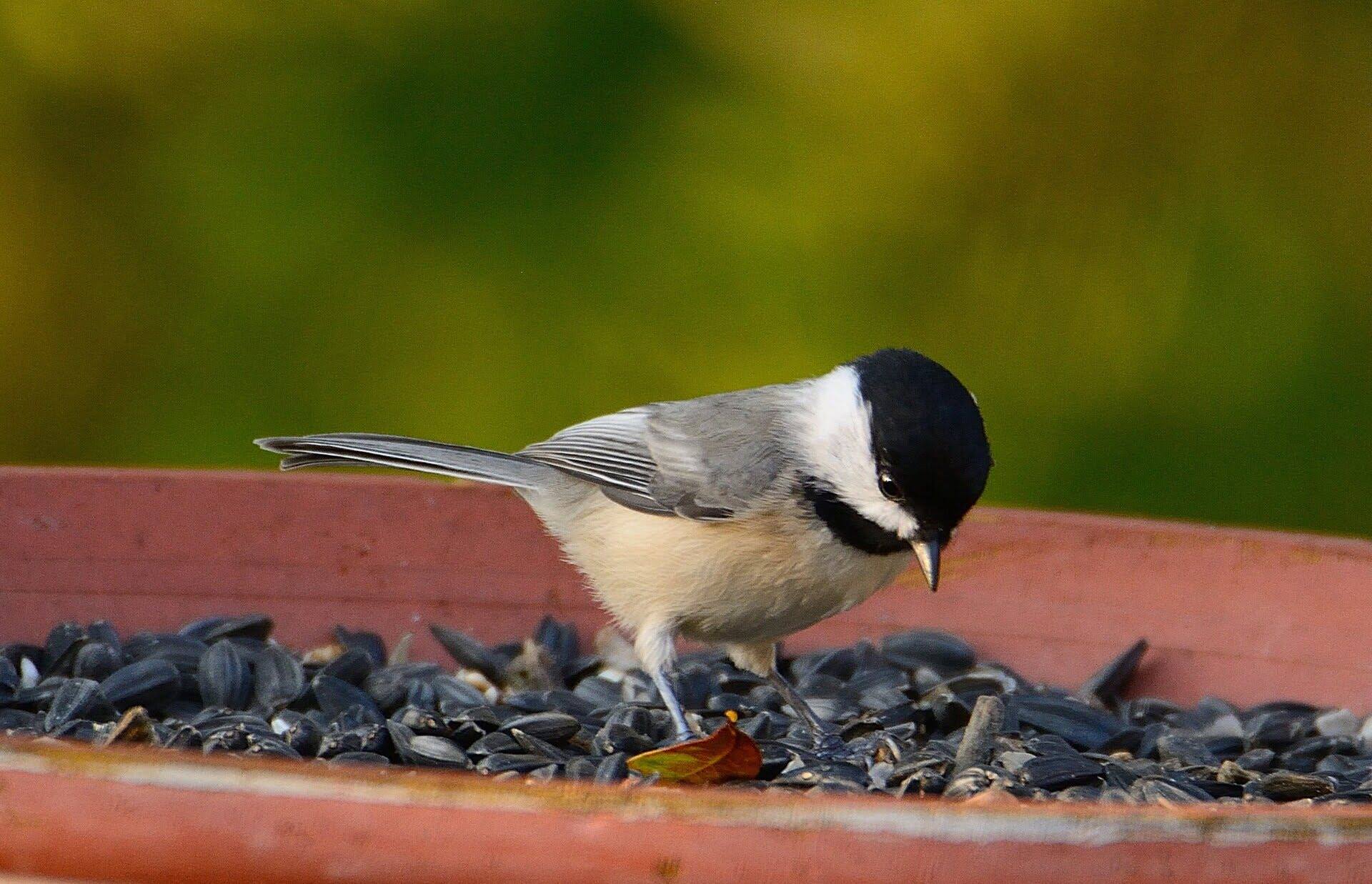
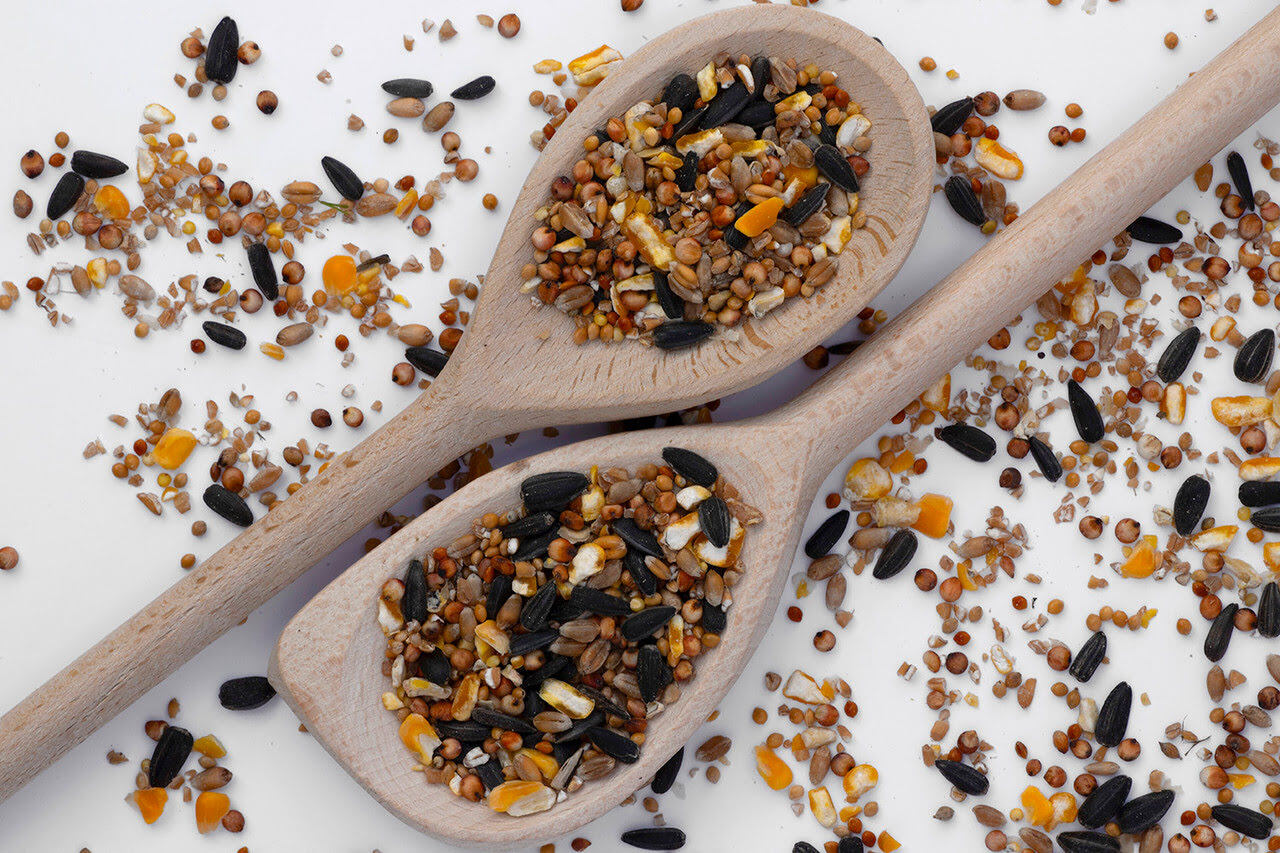
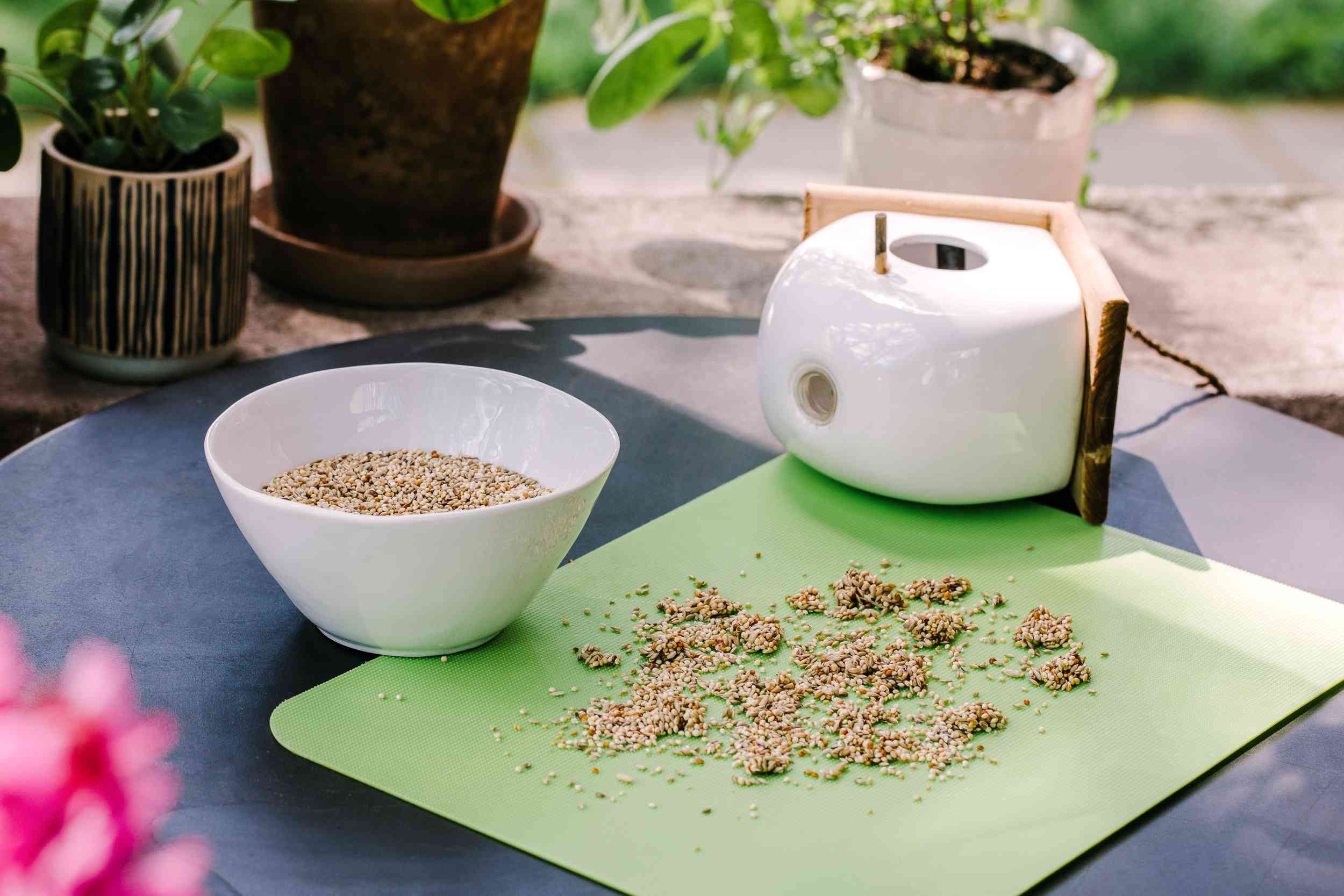
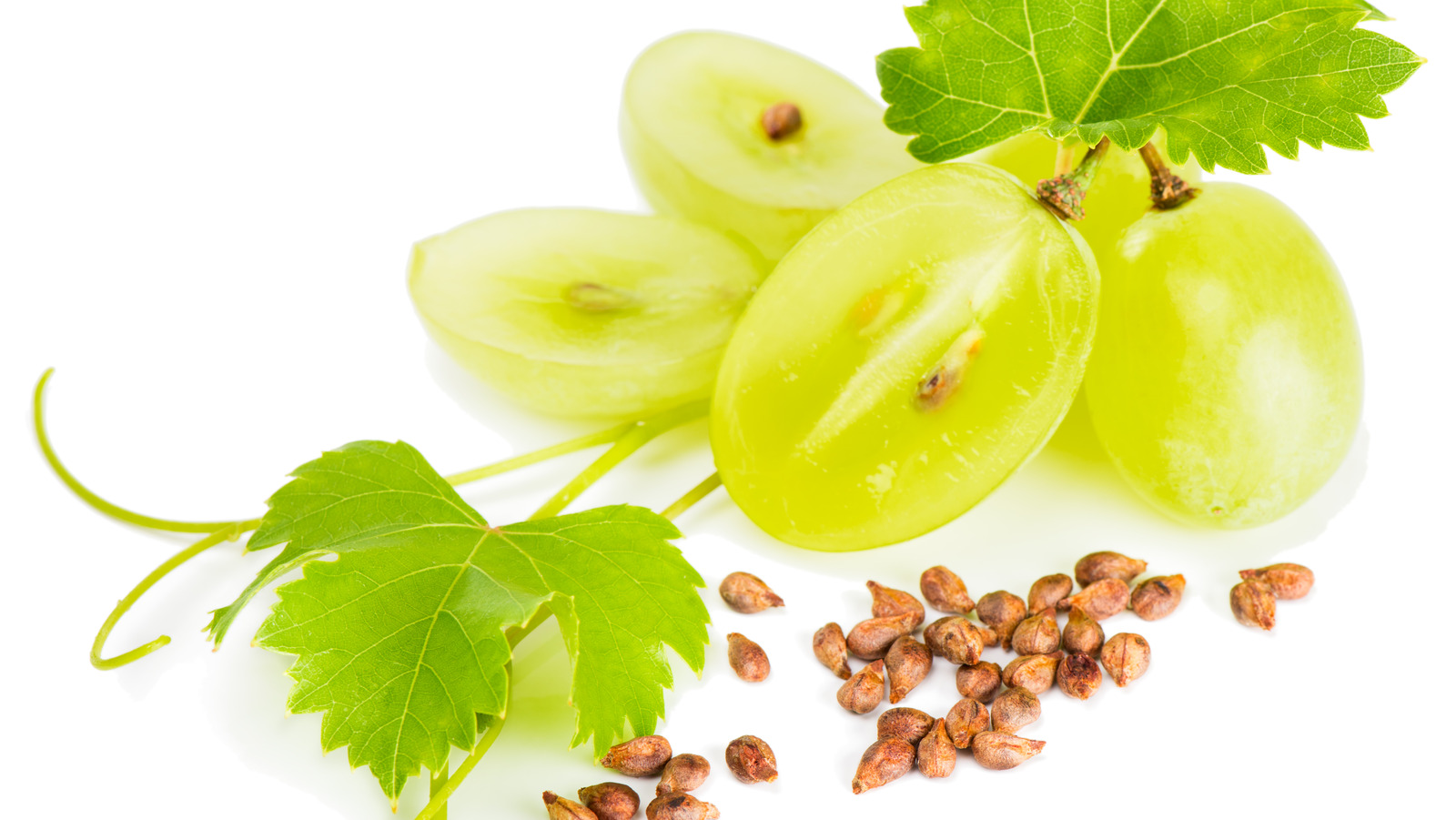
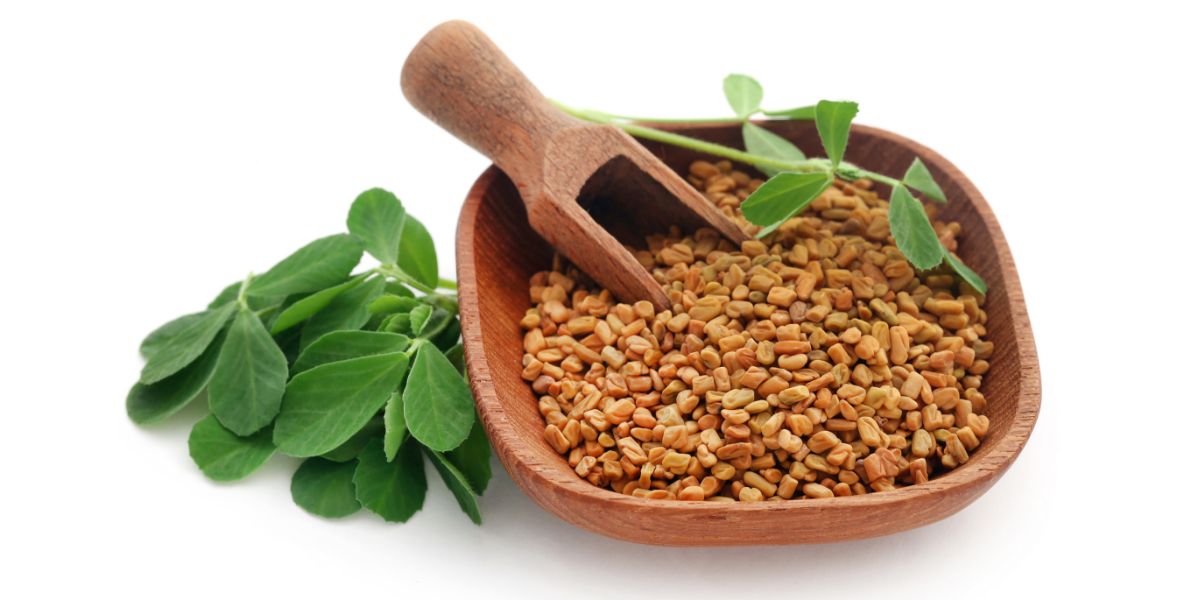
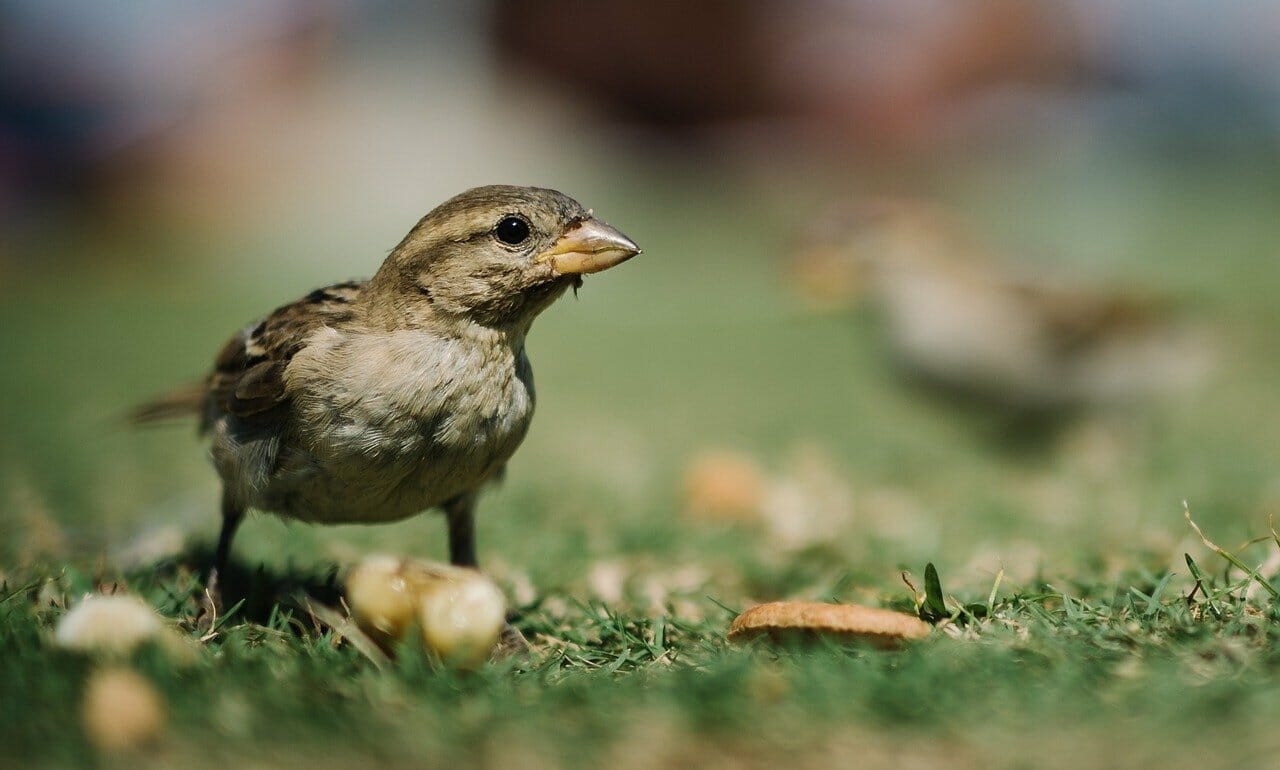

0 thoughts on “Which Birds Eat Safflower Seeds”